XP-83
Fitted with jet engines of British origin, the Bell XP-59 no. 42-108784 made it highly secret first flight on 1 October 1942 from Muroc test centre. This was a historical first flight, since test pilot Robert Stanley made that day the very first flight with an American jet plane! Designated by Bell as the Airacomet, a total of 66 machines was built of this jet fighter. However, the performances as a fighter were totally insufficient. During mock-up combats with local Mustangs from Muroc, the XP-59 clearly showed to be too slow and not enough manoeuvrable. Also because of the relatively weak power and unreliability of the jet engines, the Airacomet was far from successful as a fighter. Still the P-59’s filled in a need, since air force pilots could gain their first jet experience.
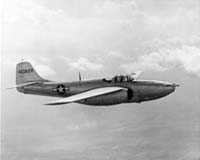 In spite of the shortcomings of the Airacomet, it was found to be easy to fly with docile flight characteristics. At a later phase of the test program, Muroc test pilots had great fun by flying the P-59 to an altitude of some 7500 m until they ran out of fuel. Next, they flew the plane back to the Muroc strip as a glider in some 20 minutes! A number of P-59’s was during the last years of the war used as radio controlled drones. A second P-59, fitted with an extra open cockpit in the nose served as a control plane.
In spite of the shortcomings of the Airacomet, it was found to be easy to fly with docile flight characteristics. At a later phase of the test program, Muroc test pilots had great fun by flying the P-59 to an altitude of some 7500 m until they ran out of fuel. Next, they flew the plane back to the Muroc strip as a glider in some 20 minutes! A number of P-59’s was during the last years of the war used as radio controlled drones. A second P-59, fitted with an extra open cockpit in the nose served as a control plane.
Based on the Airacomet, Larry Bell’s team designed a jet plane intended as a long-range escort fighter with the type designation P-83. On 31 July 1944 Bell received a contract for the construction and supply of two XP-83 prototypes. They received the serial numbers 44-84990 and 44-84991. Externally, the XP-83 was directly related to the Airacomet. It was, however, bigger and heavier because it had to carry more fuel (in total 3830 litres internally and an additional two drop tanks of 1138 litres each). Characteristic for the XP-83 was a forwards placed cockpit with tear-shaped canopy. The cockpit section was built as a pressurized unit. Work on both prototypes was started in March 1944. The first flight with no. 44-84990 took place on 25 February 1945. Pilot on this occasion was Bell’s chief test pilot Jack Woolams. The first flight of the second prototype followed on 19 October 1945. This plane had a slight different bubble canopy and an enlarged nose to accommodate a heavier armament of six T17E3 15.24 mm machine guns. This second prototype was used in gunnery tests at Wright Field, Ohio. Operational evaluation of the XP-83, however, revealed that the performances as a fighter were disappointing. In particular the top speed of only 840 km/h was regarded as totally inadequate. Further work on the XP-83 was terminated and both machines were used for a short time as test beds for other development programs.

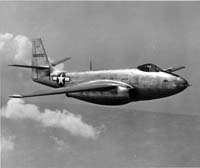 The first machine was destroyed on 14 September 1946 during the testing of experimental ramjets mounted under the wings. One of them caught fire during flight and test pilot Chalmers Goodlin and flight engineer Charles Fay had to bale out. The second XP-83 was scrapped in 1947.
The first machine was destroyed on 14 September 1946 during the testing of experimental ramjets mounted under the wings. One of them caught fire during flight and test pilot Chalmers Goodlin and flight engineer Charles Fay had to bale out. The second XP-83 was scrapped in 1947.
Technical details for Bell XP-83:
Power plant: two General Electric J33-GE-5 turbojets of 1840 kg thrust each
wingspan 16.15 m
length 13.67 m
height 4.27 m
wing area 40 m2
empty weight 6398 kg
loaded weight 10 927 kg (maximum 12 474 kg)
maximum speed 840 km/h at 4773 m altitude
service ceiling 13 716 m
range 2784 km on internal fuel supply at 9144 m altitude
Armament Armament: six 12.7 mm machine guns in the nose with 300 rounds each
Accommodation pilot only
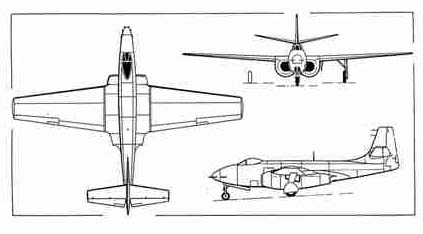
Tips for the model builders:
The British RarePlanes has a nice 1/72 scale vacuum-form kit of the Airacomet. At 1/48 scale, Collect-Aire Models has a very accurate and nicely detailed, but expensive resin kit of the Airacomet including decals for the U.S.A.F. or U.S. Navy. The XP-83 is less well represented as a model kit. According to the book ‘ Encyclopedia of Military Models’ published in 1988 the U.S. KR Models ( P.O. Box 5, Shelby, Ohio 44875) has ever made a 1/72 scale vacform kit of the XP-83, but present availability is unknown.
Nico Braas
Photos- Nico Braas Color profile- Srecko Bradic Drawing- Nico Braas
References:
-William Green, War planes of the second world war Volume four (Fighters), Macdonald, London 1961
-Bruce Robertson, United Sates Army and Air Force fighters 1916-1961, Harleyford Publications Ltd., U.K. 1961
Remarks:
-Except for the armament of six 12.7 mm machine guns, also other armaments were proposed: a nose-mounted battery of four 20 or even 37 mm cannons and even a battery of twenty (!) 12.7 mm machine guns.
-For the ramjet experiments with the first XP-83, it was fitted with an extra engineer’s station in the fuselage behind the pilot.
-Publications on the XP-83 show photographs of the first prototype only. Obviously, few photographs of the second machine seem to exist!



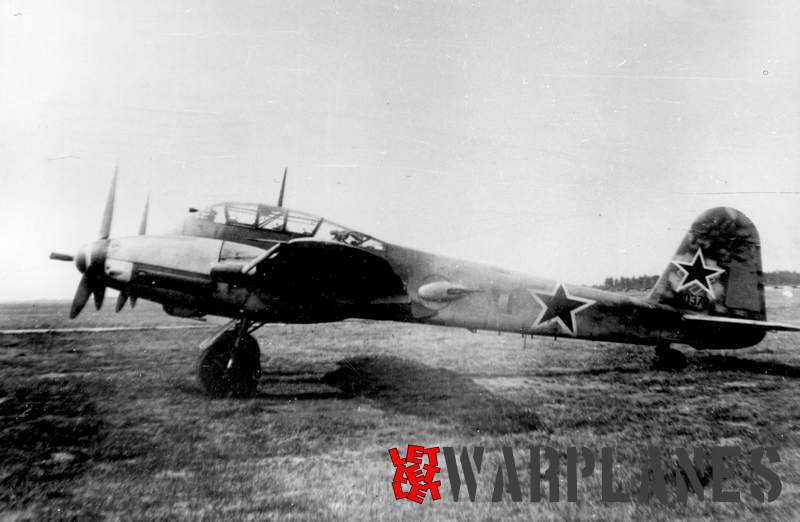
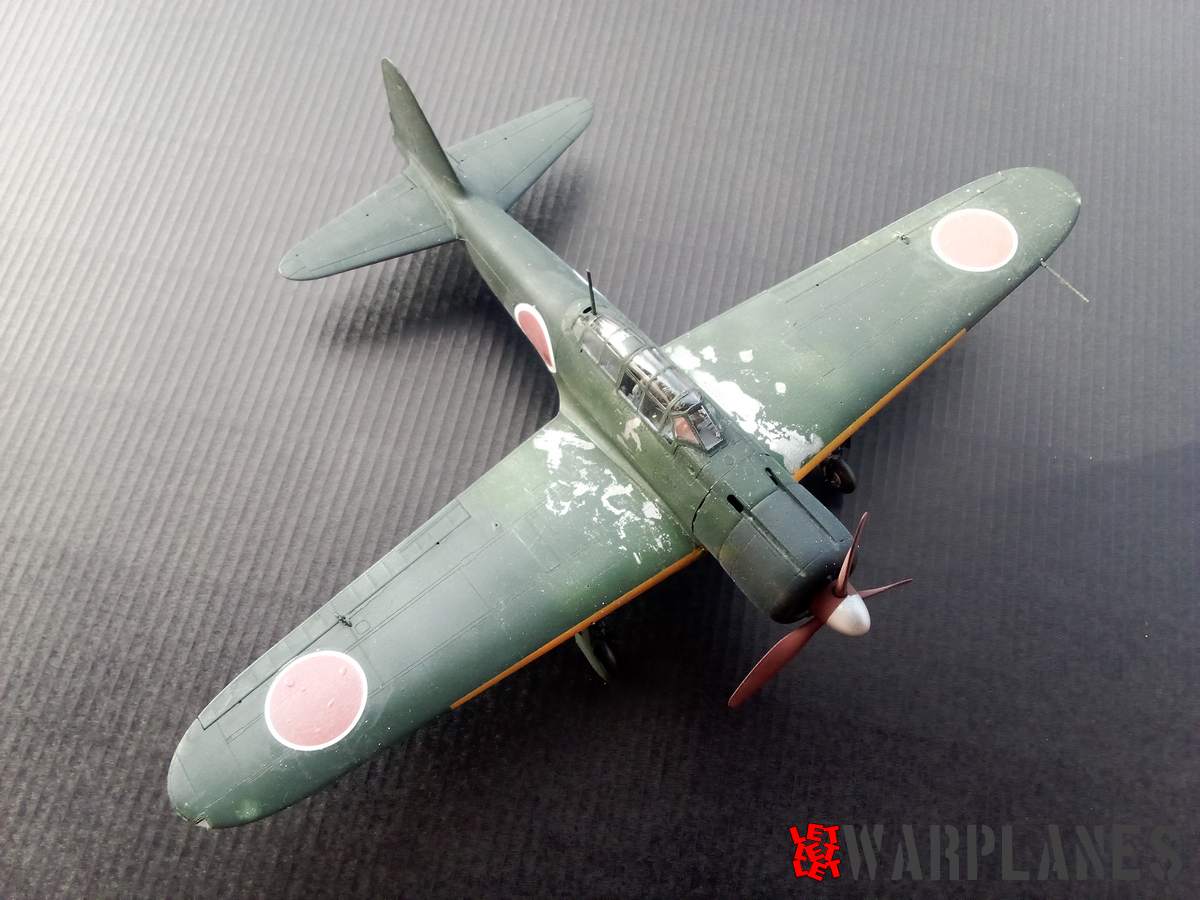

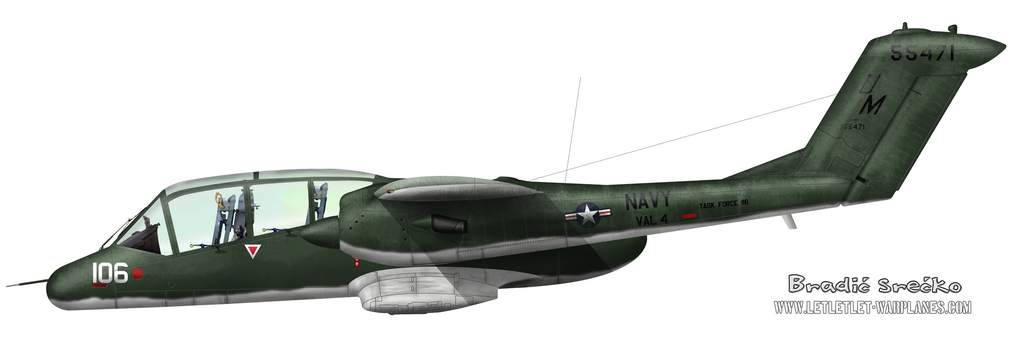
Why the heck couldn’t this plane have swept wings to improve speed?
Bell had experimented earlier than most competition with the L-39 wing, I believe. I don’t know about the safety of the ram-jets, but the rocket on the X-1 was a success. How would a combo jet with rocket assist do? Certainly it wouldn’t hurt it’s ceiling (vs a high flying MiG-15).
If it’s necessary to haul so much weight (fuel), I suggest an unmanned rear firing gun through the tail just to give the frequent enemy attacker second thoughts (say, a 37mm cannon stinger)… maybe even bag some surprised interceptors.
Forward armament of 6 x 15.2mm guns were also envisioned. The 12.7mm Brownings were inadequate postwar, especially against the MiG. But slower cannon didn’t have a dense enough firing pattern for fast jet combat. The U.S. 20mm Hispano was unreliable anyway, even the M3. Only the RAF Hispano 20mm would pass my consideration. Perhaps a combination of 15.2mm and 20mm Mk V Hispanos. If 20mm only, I would install 8 for dogfighting IF that rocket power was on tap. Otherwise I’d be underpowered and opt for the lighter 15.2mm armament x 6.
I understand this plane was meant to be a long-range escort, but I would have done a version directly competing with the F-84 and F9F etc… in weight but with bigger drop tanks that can be shed for the dogfight. Instead of a warmed over Me 110, it may have had a better shot at success.